Case Study: Tecuya Ridge Project Causes Extensive Soil and Tree Damage
Nearly four years ago, the U.S. Forest Service approved a massive, 12-mile long fuel break along Tecuya Ridge—located in the San Emigdio Mountains of southern Kern County—in the name of “forest health” and fire mitigation. While the Forest Service approved its project on federal land atop the ridge, the Kern County Fire Department approved a similar project on a cluster of adjacent private parcels. The County used much of the same language as the Forest Service when justifying their project on Tecuya Ridge, stating that the project would “improve forest resilience.”
Work has yet to start on federal land, but County Fire’s contractors have been quick to send heavy equipment up the ridge to start cutting trees and grinding shrubs. We recently visited some of the area (with permission from a landowner) where work was conducted over the last month. What we saw was a far cry from a healthy forest.
Everywhere we walked, the soil was damaged extensively. Heavy equipment such as masticators had created ruts, some of which were two feet deep, and left huge swaths of the ground completely bare. Such severe rutting could only have been caused by use of heavy machinery when the soil was wet, which is prohibited by County Fire’s own project design features and requirements. These degraded soil conditions can lead to erosion issues for landowners, and non-native, highly flammable grasses such as cheatgrass will likely take hold in the area as these plants thrive in such disturbed environments.
We also documented considerable damage to the trees that were left uncut. Mature pinyon pines had large gashes where machinery had hit them while cutting nearby vegetation. The trunks of some trees looked as though something had taken a large bite out of them. Once again, this type of careless damage to “leave trees” is prohibited according to project documents. County Fire’s own documents state that the project will supposedly reduce native bark beetle activity, but numerous studies have shown that beetle activity can actually increase substantially after tree-cutting projects due to this exact type of damage to the trees left behind. Tree wounds ooze sap, releasing volatile chemicals that attract bark beetles to the area. Sadly, because of this careless work, we can expect to see a portion of the remaining trees die over the coming months and years.
This scene may foreshadow what’s to come along the rest of Tecuya Ridge as well as across fuel breaks proposed as part of the “Ecological Restoration Project” (ERP) in the Los Padres National Forest. However, Kern County Fire’s project actually has more environmental safeguards than what the Forest Service approved on Tecuya Ridge—and it has more restrictions than the ERP based on the information released by the Forest Service so far.
For example, the County’s project is non-commercial and does not allow for live trees over 10 inches in diameter to be cut. The Forest Service’s approved project on Tecuya Ridge, on the other hand, has no diameter limit except in inventoried roadless areas where they say trees over 21 inches in diameter won’t be cut. Similarly, the widely opposed Pine Mountain logging project approved in 2021 allows for trees up to 24 inches in diameter to be removed. And across the 186,000 acres of fuel breaks in the ERP proposal, there is no diameter limit. Even in 49,000 acres of land designated as “forest health treatment units” in the ERP only have the same 24-inch diameter limit as in the Pine Mountain project.
In other words, we can expect the rest of Tecuya Ridge, Pine Mountain, and many other such areas in the Los Padres National Forest to look like this and likely even worse if these projects are implemented in their current forms.
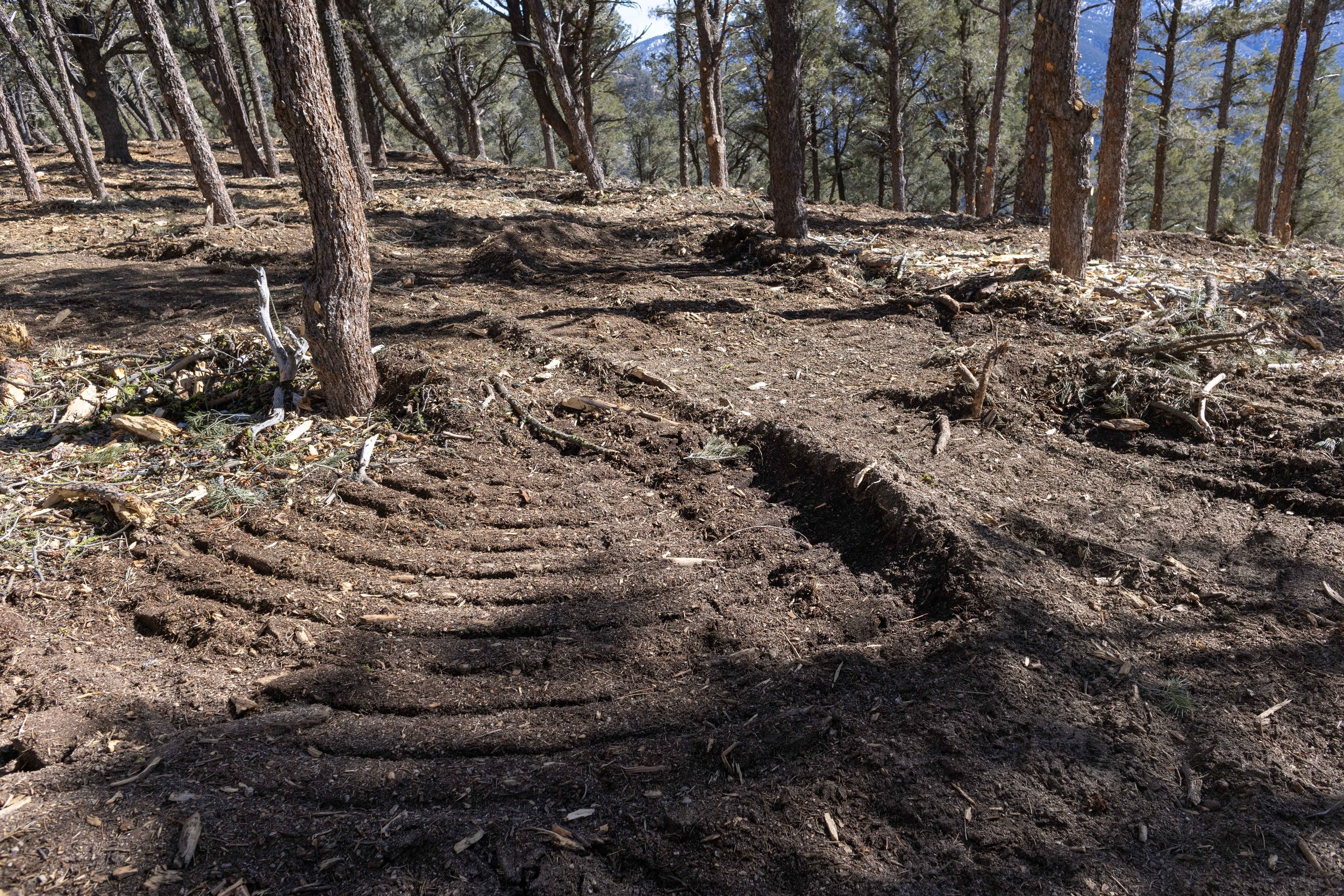

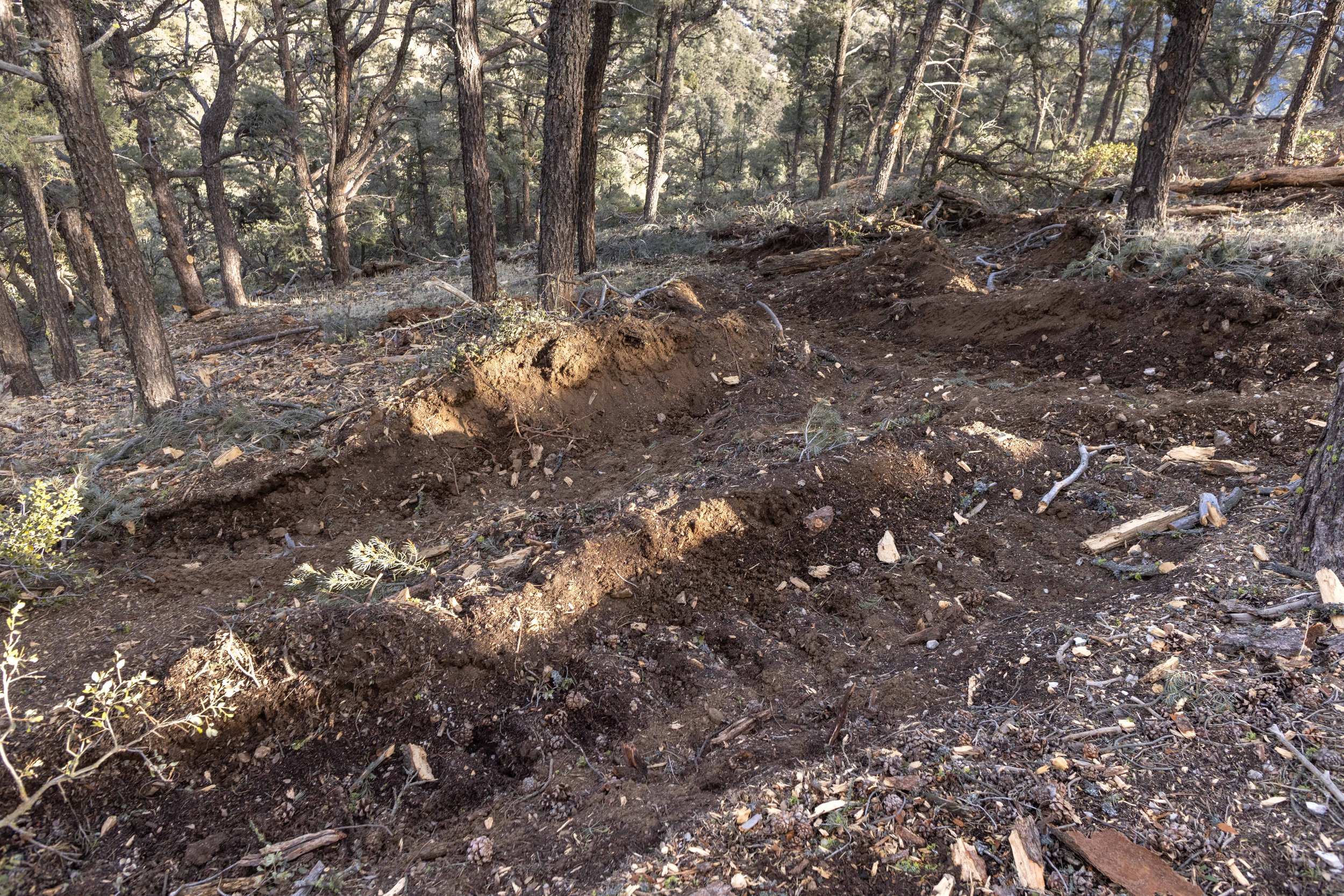
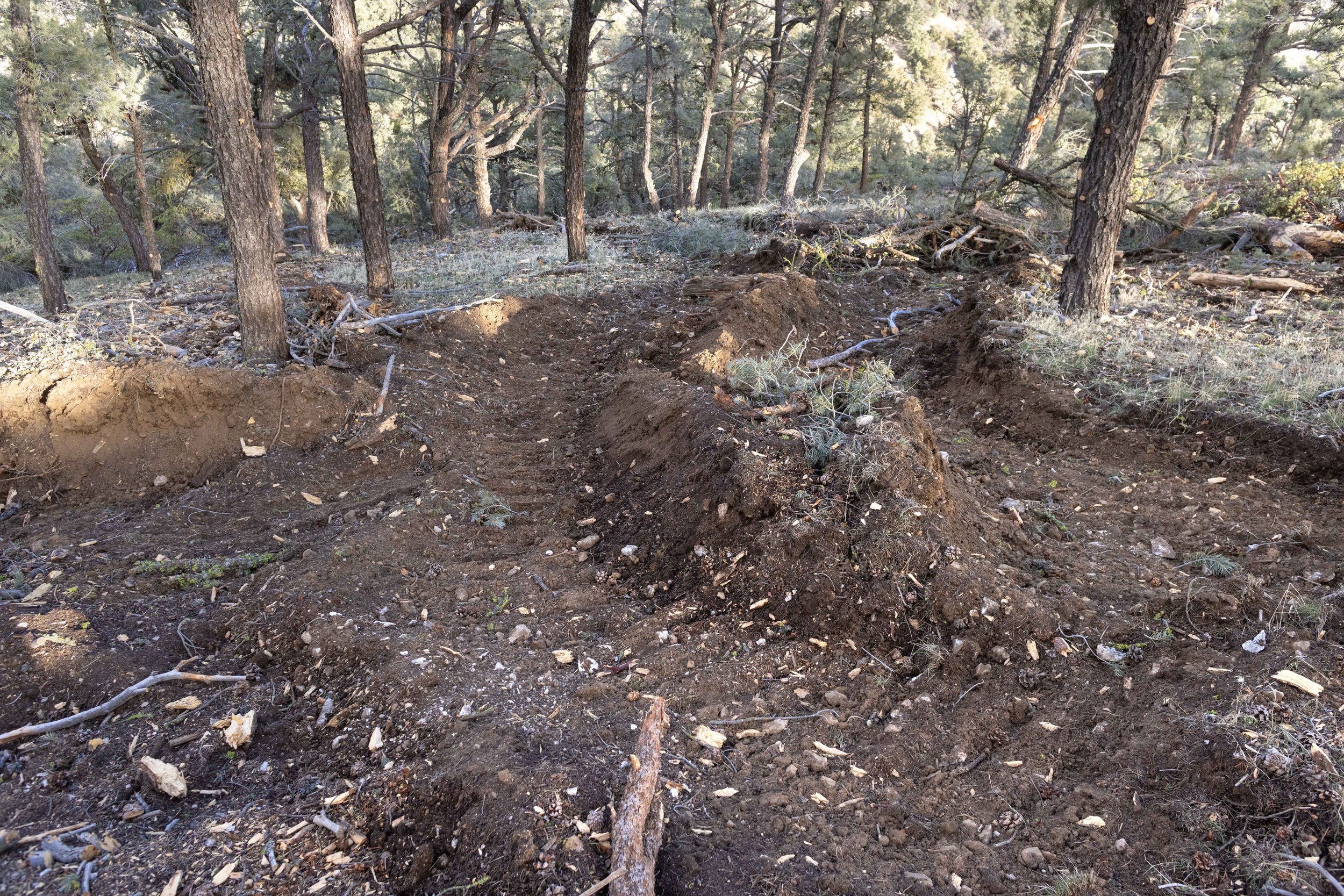
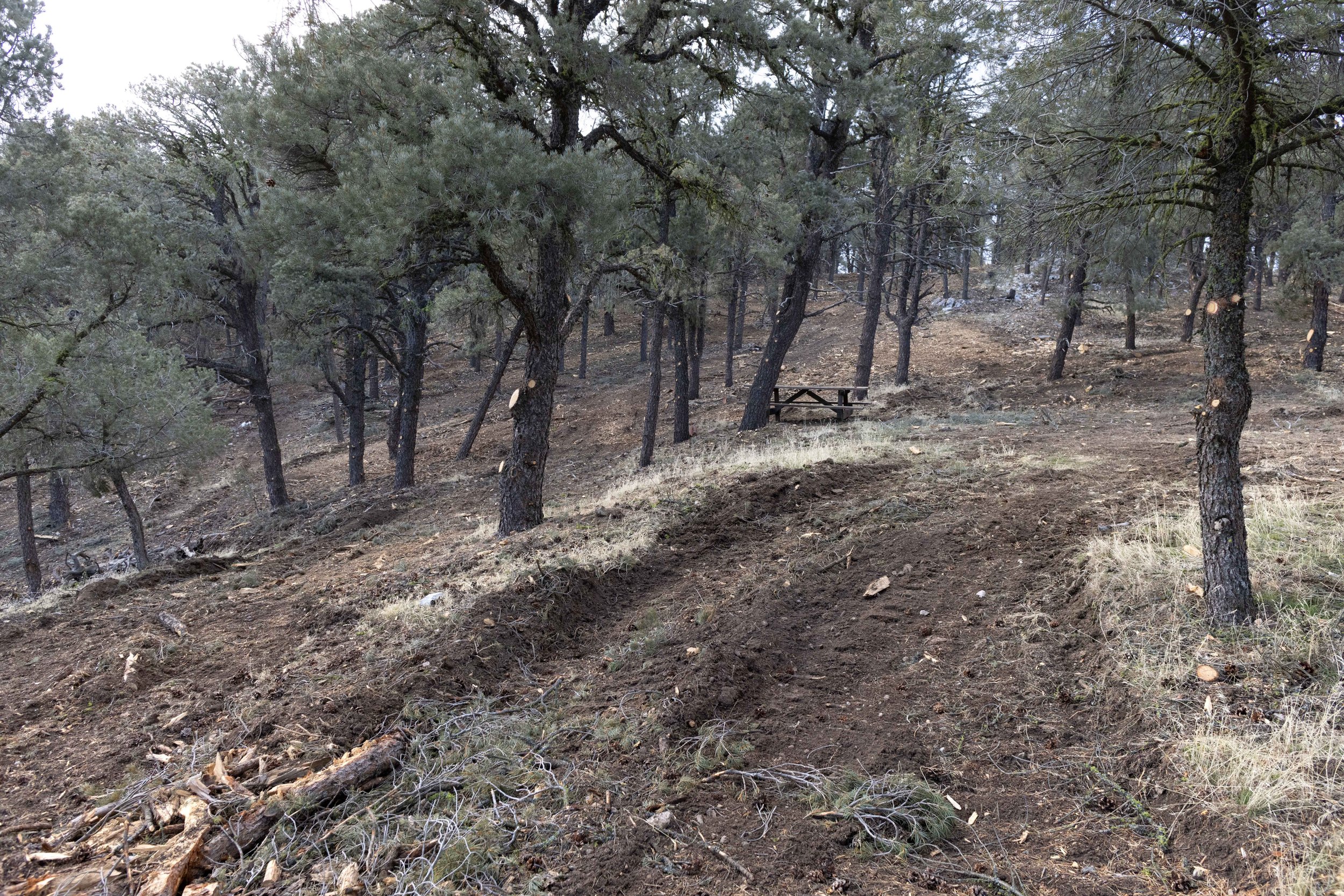

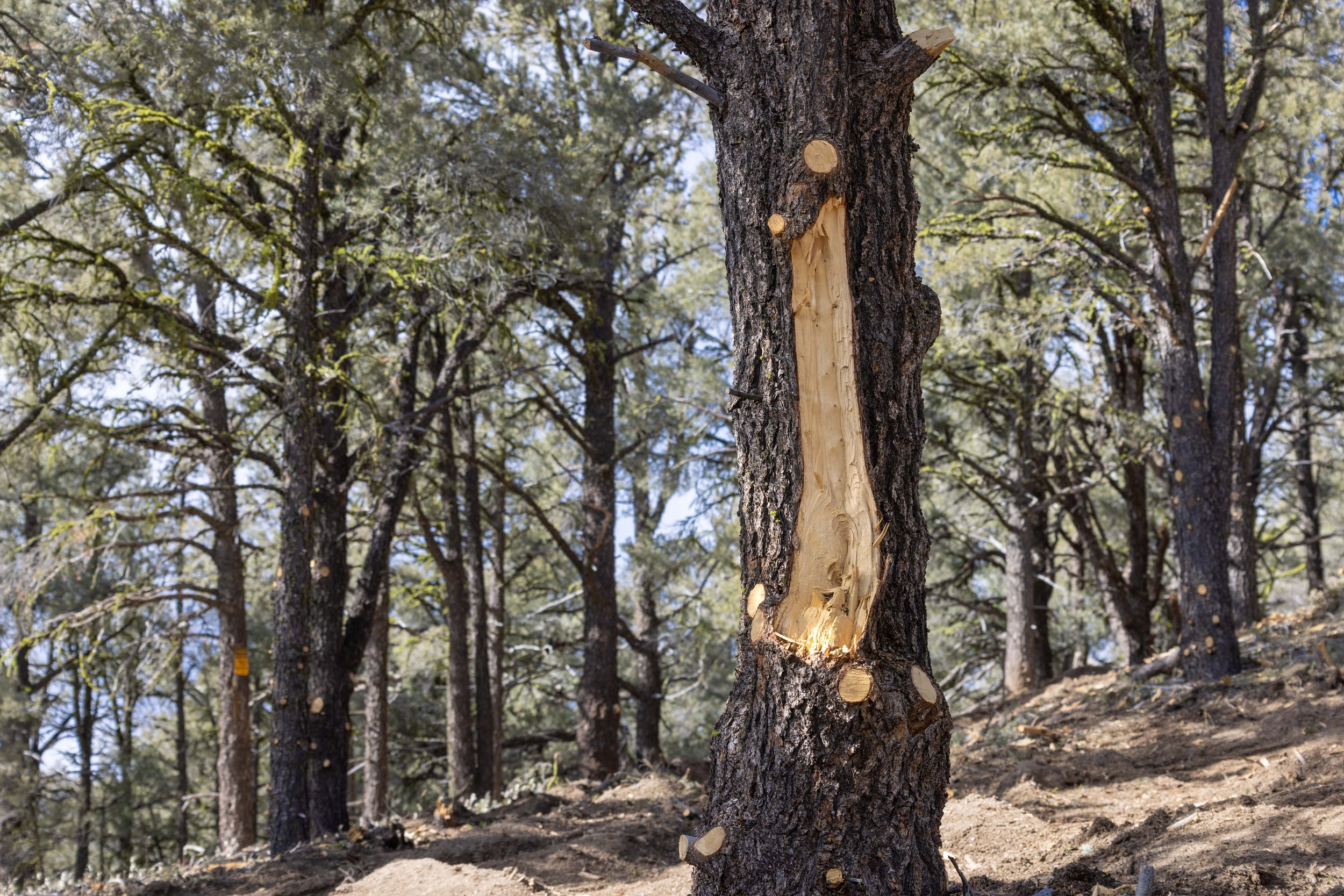

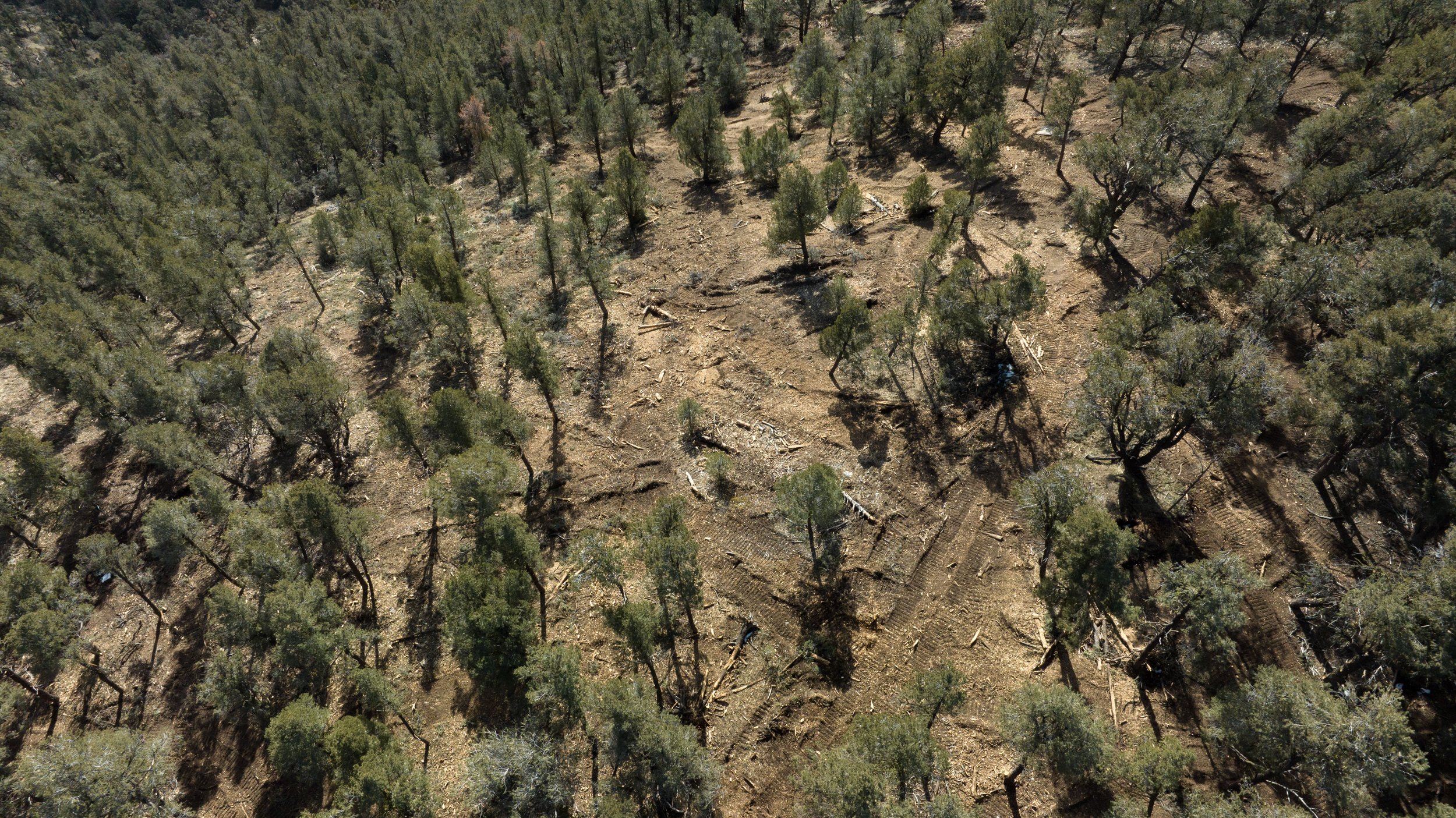
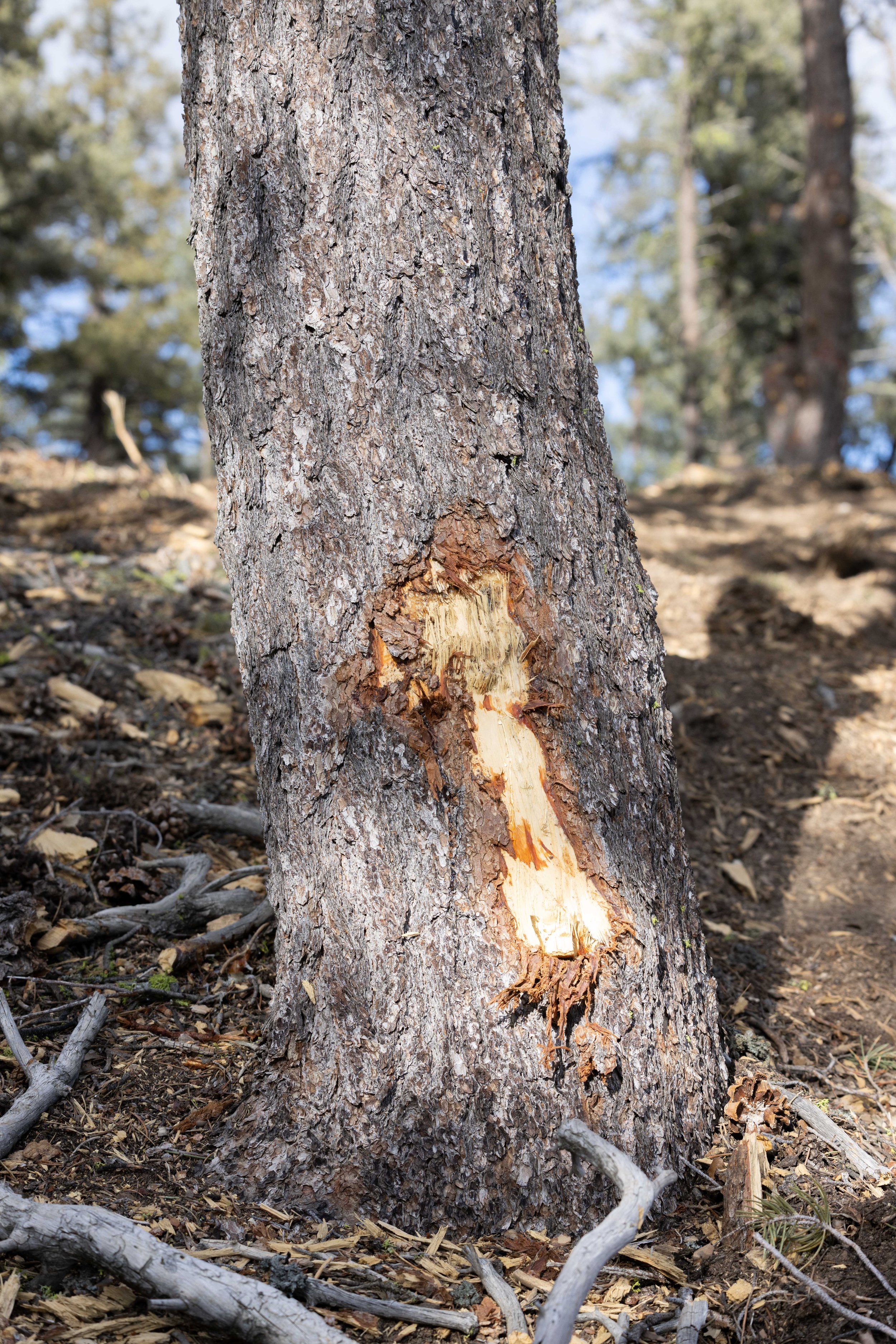


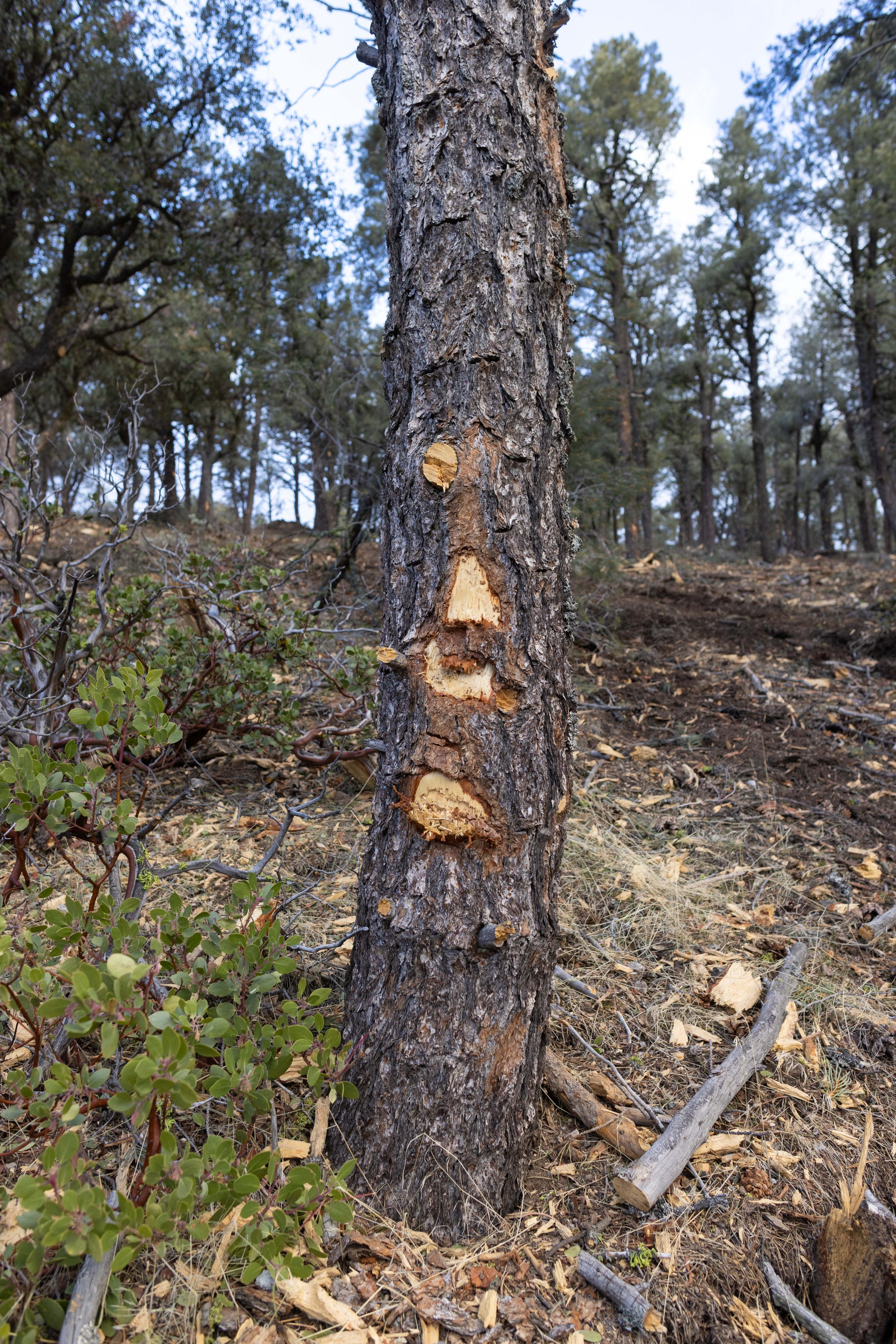

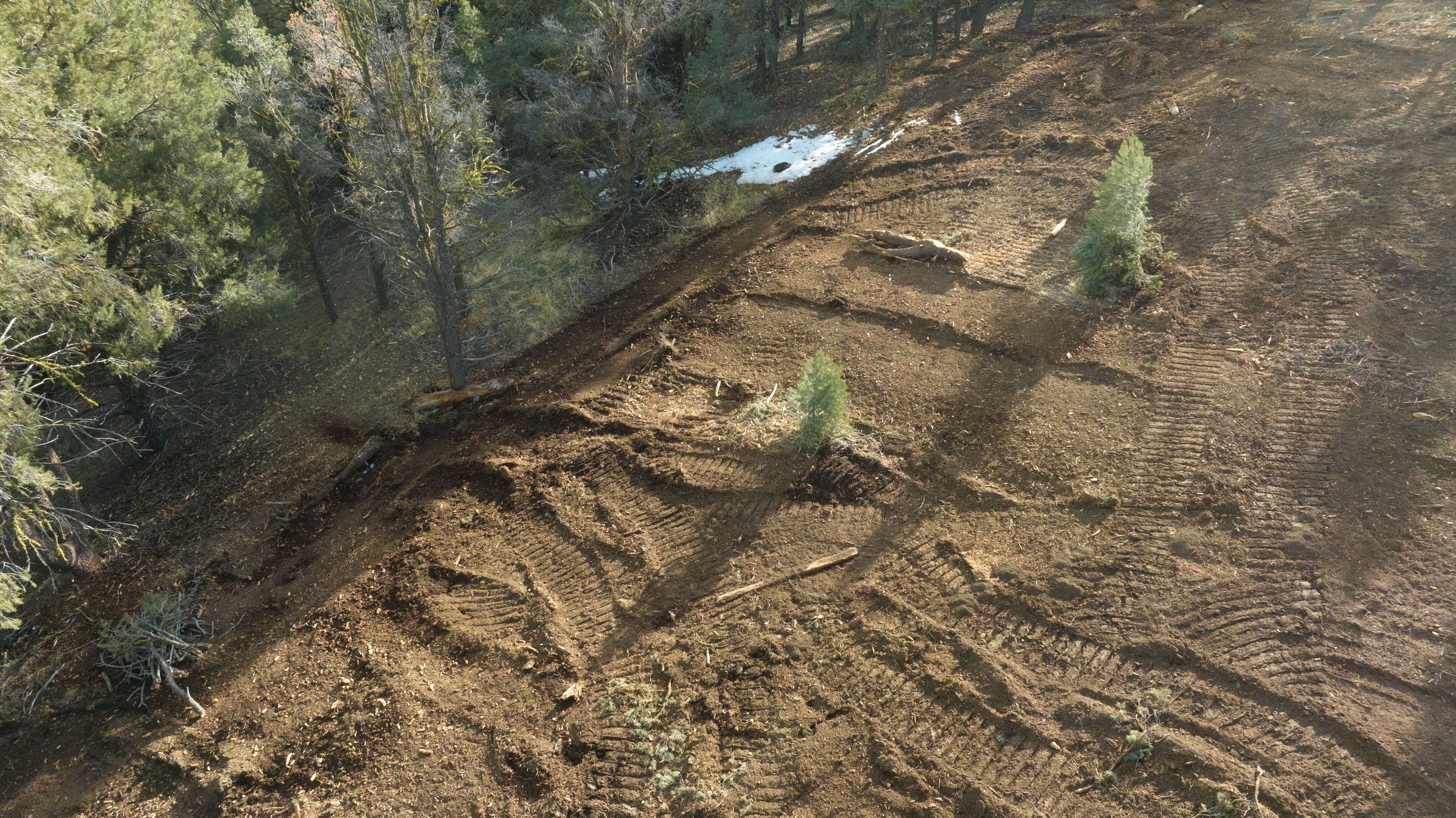
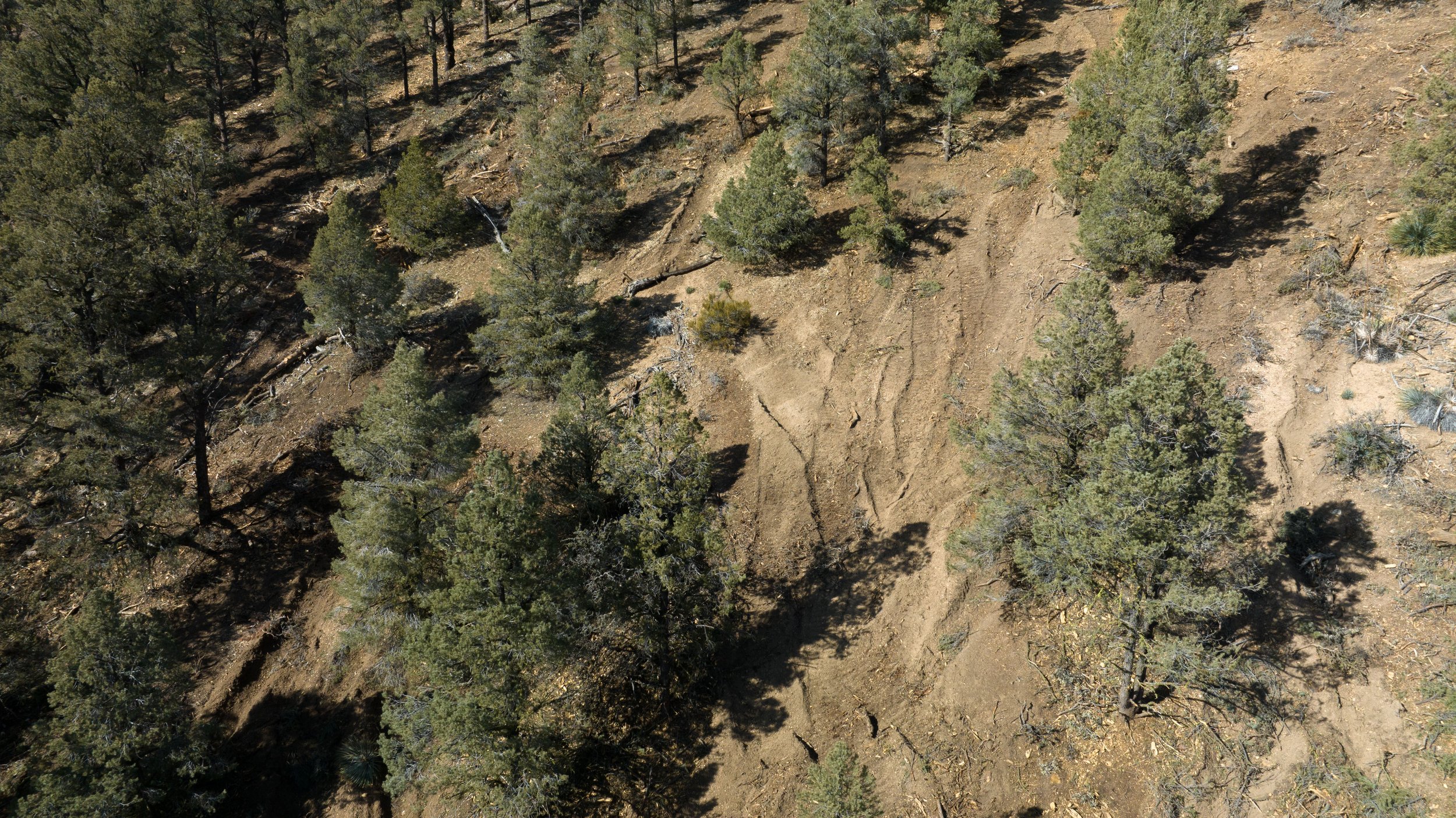
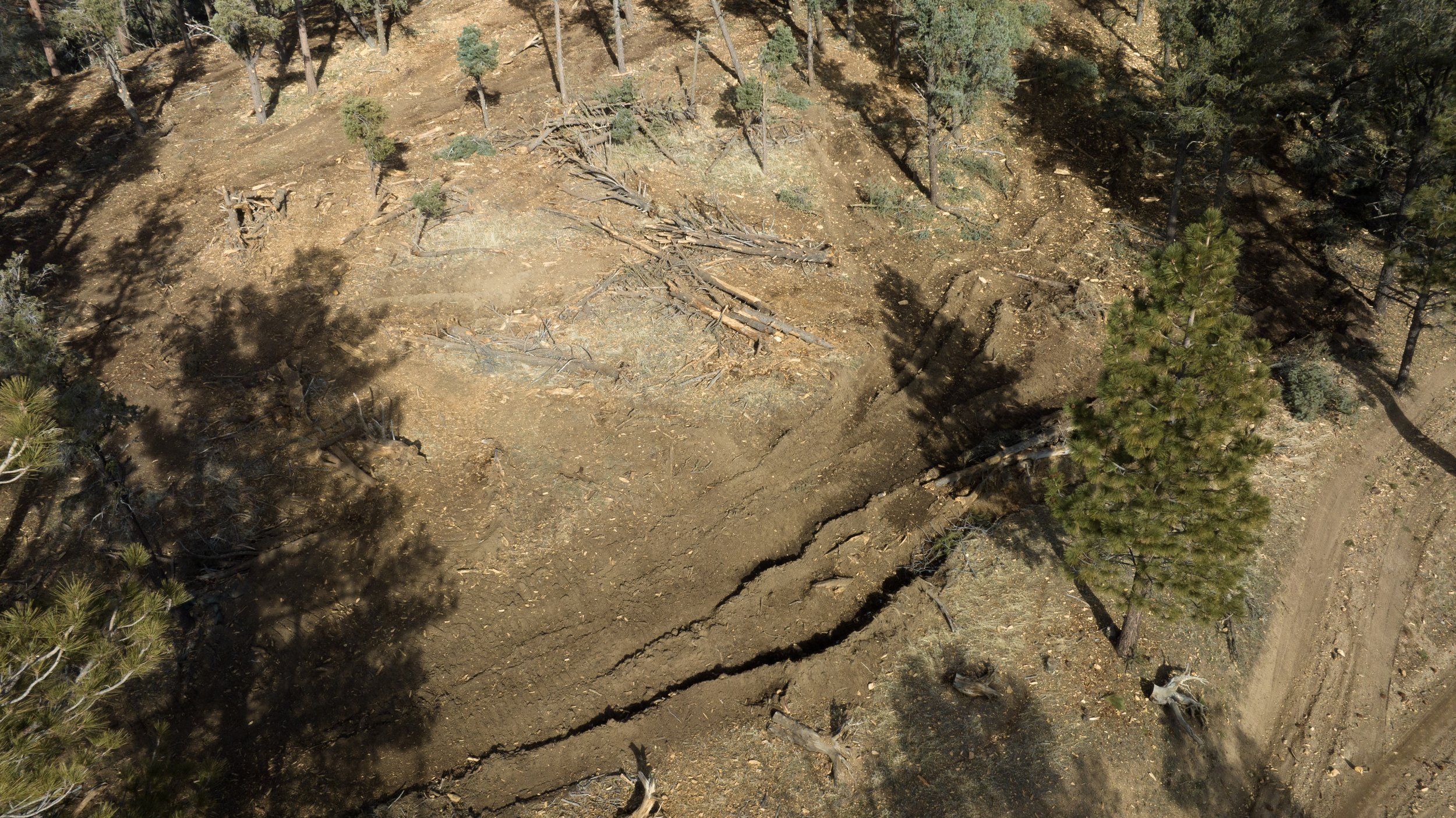
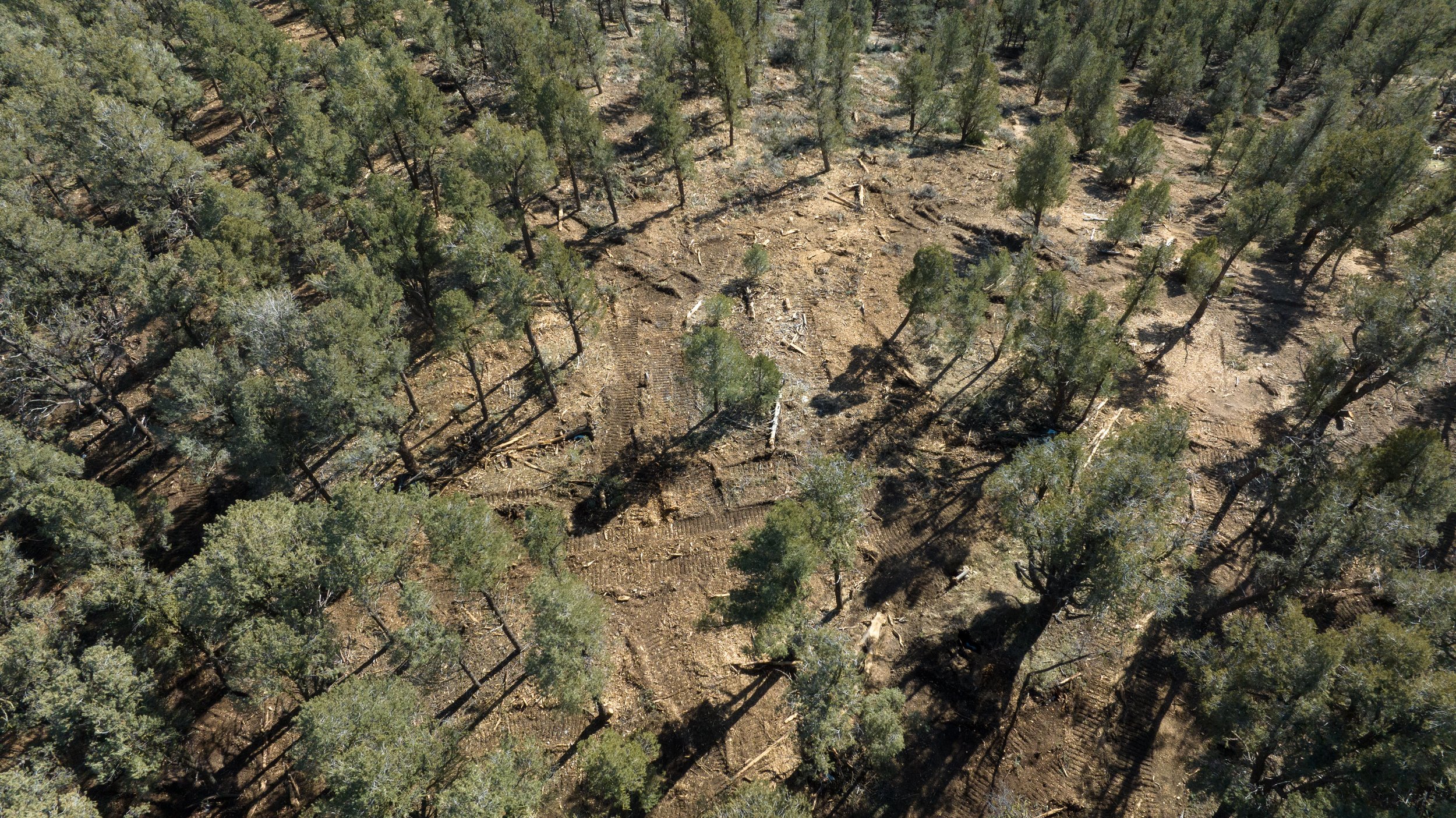
Photos by Bryant Baker


